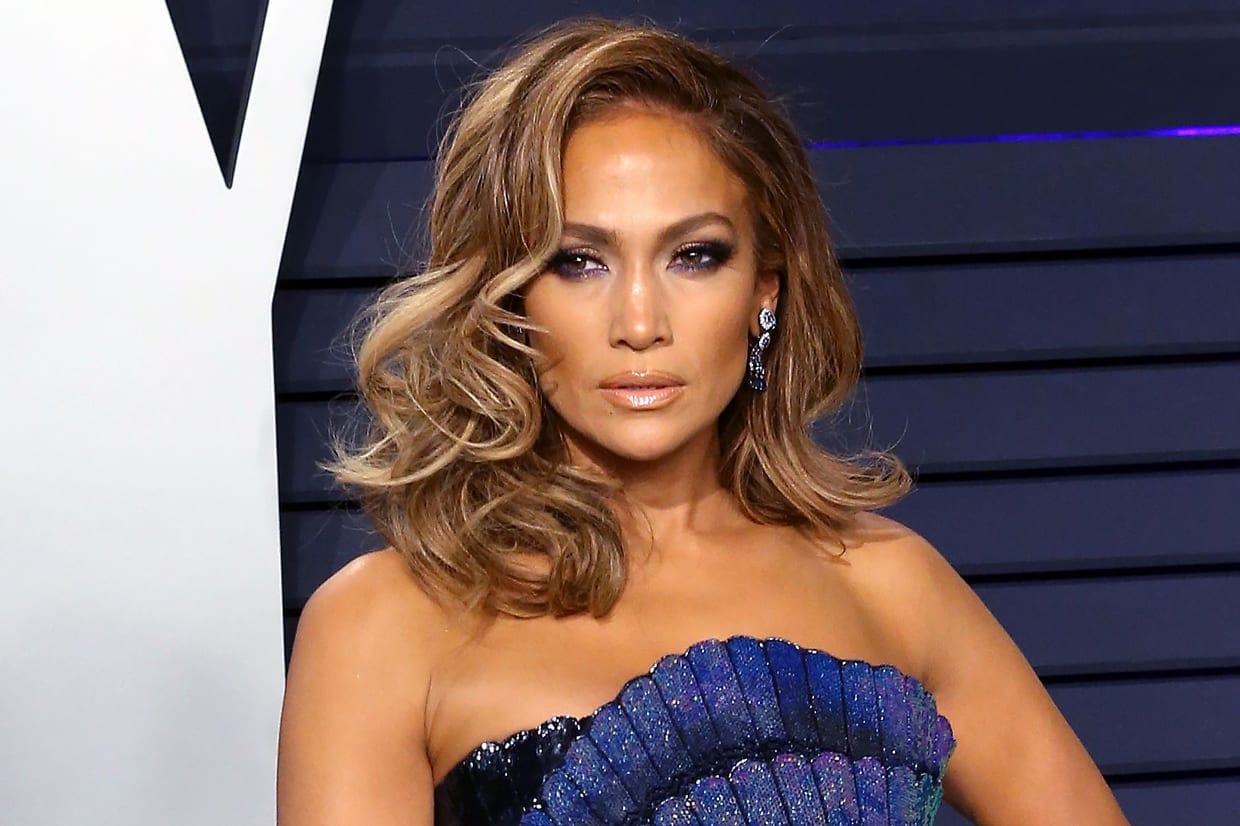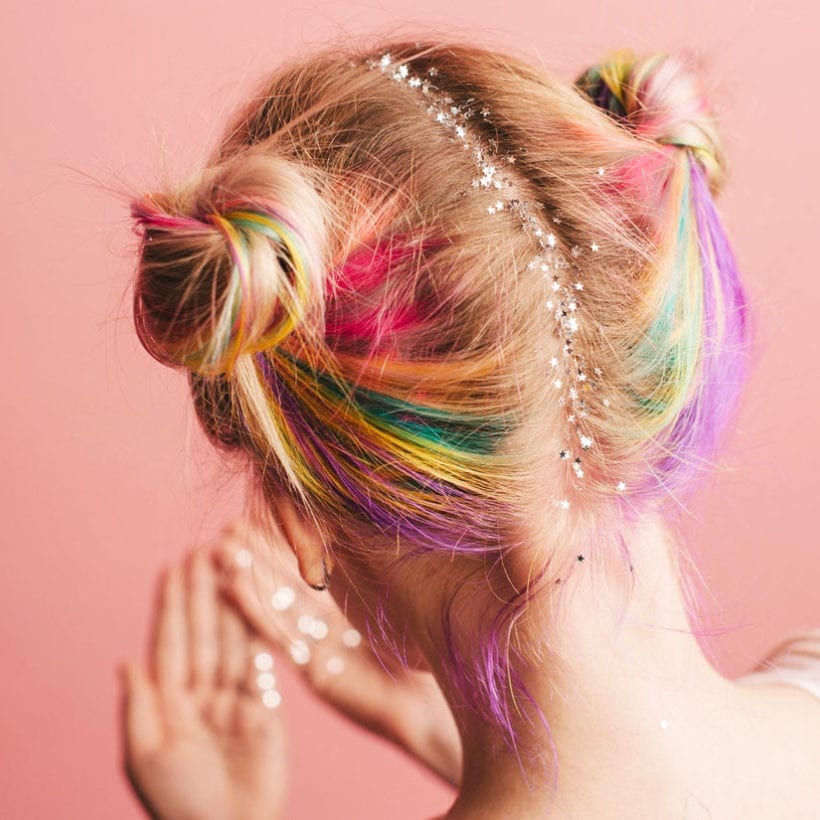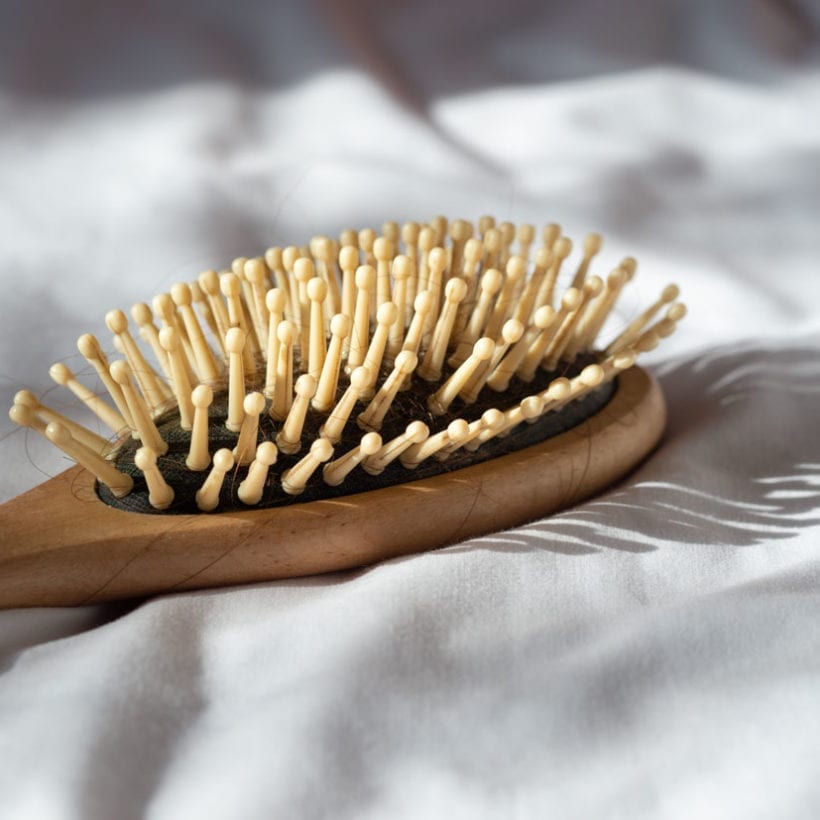When I was a teen, there was one word that unlocked the mystery of great hair: highlights. The blonde streaks helped you look permanently sun-kissed and well-rested, adding oomph in all the right places. All you had to do was book an appointment and let the colorist get to work.
But these days, it seems you need to bring a dictionary. What was once a simple term now comes as a multiple-choice question. Do you want your hair foiled or hand-painted? Chunkier swaths or tiny brightened strands? Lighter or darker?
The variety has been around for longer than you might think, says NYC celebrity colorist Kathy Galotti, though it only recently spread outside of elite salons. “It’s more that each option has been developed and fine-tuned, and maybe a little more publicized,” says Galotti, who works with TV stars such as Hoda Kotb at Adel Atelier Salon. What was once the specialty of a select few celebrity stylists is now available to the average client. While this is good news, it does means you will need to prepare before deciding what to ask for.
Expect the costs to be varied by colorists. Depending on the city, that could be anywhere from $150 to $500 and up. Both Galotti and longtime Roy Teeluck Salon colorist Kali Ferrara suggest bringing pictures, in case your vocabulary does not match your colorist’s. “Really try and go for someone who has the same type of coloring as you,” says Galotti. “You have to get close to what you look like.”
Here is what to ask for:
Foil Highlights
https://www.instagram.com/p/BrTmVmlggtn/
https://www.instagram.com/p/BK4UyxkjERz/
Consider foil highlights to be the OG of hair coloring. “Foiling has been done forever,” says Galotti. A colorist will separate sections of hair, place them in thin sheets of aluminum, and paint each section with a lightening solution to lift color. “You’re going to get an overall change from roots to end,” she says.
Foil highlights are often associated with the ‘90s and early 2000s — Rachel Green, anyone? — but the style has modernized in recent years. Better dyes, softer techniques and improved toning skills make the look more natural, without losing the pop of the final results. If you are hoping for a lot of lightning, this is the look for you.
“It works for all hair types, but it’s for someone who really wants to see change,” says Galotti. That might mean covering graying hair or taking hair much lighter than its original color. “You have much more control, in terms of tonality and placement,” she says than you would with highlights that are painted on free-hand.
Since hair is (traditionally) lightened all the way up to the roots, foil highlights require regular upkeep. “You’ll probably need [to touch them up] anywhere from two to six months,” says Galotti. “You’ll get a little more of a root line.” In between appointments, keep lightened hair well-hydrated. “Your best friend will be a conditioner,” says Galotti, “and a [hydrating] mask one to three times a month.”
Since highlights can cause dryness and tangling, you will want to look for a sulfate-free shampoo that will not strip too much oil from the hair. Ferrara’s advice: “Buy your shampoo and conditioner where you get your hair colored.” The salon’s options will likely have better ingredients than something you would buy at the drugstore, and your colorist can weigh in with advice. The salon products may be a little more expensive, but Ferrara says it is worth it. “You’re paying all this money for your hair color — why wouldn’t you bring the investment home?”
You might also consider picking up a purple shampoo or conditioner (for blondes), such as Kerastase Bain Ultra-Violet Purple Shampoo. “I send my blondes home with a violet shampoo, to counteract any brassiness from the sun or hard water,” says Ferrara. (Factors like smoke and chlorine can alter the color, too.) Brunettes who go only a few shades lighter might consider a blue shampoo, such as Joico Color Balance Blue Shampoo, which Ferrara says will fight red and orange tones.
Galotti, however, warns that too much purple can cause more harm than good: “I’m not a fan unless you really have platinum white hair or grey,” she says. “If you use a lot of these shampoos, you can create a buildup on your hair that’s not necessary.” If you are unsure, ask your colorist for maintenance tips based on your individual color.
Balayage
https://www.instagram.com/p/Bk_fS6glKUh/
https://www.instagram.com/p/BoWfrKWgolg/
https://www.instagram.com/p/BszAicbHETn/
It is easy to see the allure of balayage, a French method of hand-painting highlights into hair — even the name sounds exotic. So is the effect, says Galotti: “It looks like you spent the summer in the Caribbean.”
Unlike traditional highlights, balayage typically starts away from the root, closer to the middle of the strand. The look is more natural, and often a little more subtle. “Before, people wanted to-the-scalp foils that were like ducks in a row — that was the look,” says Ferrara. “Now everyone wants an easier grow-out, and something a little more organic looking.” For many of her clients, that means opting for balayage. While balayage has been around for decades, she and Galotti credit the ombré trend with the rise in popularity.
Plus, the style appeals to those who do not have hours to spend in a salon every few months — or the cash to drop for regular appointments. “The regrowth is minimal, so you can do your hair once to three times a year,” says Galotti.
Balayage works on all textures, though Galotti warns that hair needs to be shoulder-length or longer to allow enough space for gradual lightening. And the fewer highlights you already have to start, the better. “Balayage is good if you have virgin hair,” she says. “It’s good to add dimension to a single shade.”
You should also consider your hair color when deciding on balayage. “If you have darker hair that you want to be platinum blonde, it doesn’t pack as much of a punch as foils would,” says Ferrara. “You’ll only get six or seven shades lighter.” There is variety in tone — brunettes can opt for warmer or cooler shades of blonde highlights — but the look will not be as drastic as foil highlights. “Balayage should be almost undetectable to the eye,” she says, but the overall result is bright and uplifting.
Maintenance is a little different, too. Balayage requires care targeted toward the ends since they will be dryer than roots. “I recommend the Olaplex [No.3] at-home treatment to everyone, as well as the Olaplex shampoo and conditioner,” says Ferrara, thanks to the hair-mending bond multiplier in each product. “I have curlier hair, and if I over-process it, this brings it back to life.”
Babylights
https://www.instagram.com/p/BtEvAkjlVv1/
https://www.instagram.com/p/BvUovNTnq7Q/
https://www.instagram.com/p/BcBKhd8FOk7/
Want to add shimmery, summertime lightness to dull, winter-worn hair? Consider babylights.
“A babylight is a superfine highlight,” explains Ferrara. Instead of a centimeter or two of color, hair is lightened in millimeter-wide patches, impossible to see from a few feet away. “It’ll give the appearance of lighter hair, without adding dimension,” says Ferrara. “You get a really good face frame.” She will often lighten strands around the temples and at the center of the forehead, to add a sort of halo effect. “It’s that look you get when you’ve been at the beach all summer, with your hair in a ponytail,” she says.
Babylights are most impactful on straight hair, where they are easier to place and control. Curlier types can benefit from the overall lightening, says Ferrara, but the nature of curly hair means “it’s just not the same effect.” They are also best on hair that is all one shade, as not to compete with any existing color. Watch out for dullness overtime — since the highlights are so small, it can be easier to ignore discoloration. If the blonde starts to fade, consider picking up a purple shampoo or conditioner.
Think you are looking for babylights? Bring a picture with you to avoid disappointment, since the look is not as dramatic as some hope. “People ask for something natural, but they bring pictures of something that’s very different from what they have,” says Ferrara. Expect color that brightens but does not look much different than it did when you walked into the salon.
Lowlights
https://www.instagram.com/p/BrLEBkKBxbS/
https://www.instagram.com/p/BiIeV8CAQFu/
Lowlights are highlights’ partner in crime. While highlights brighten and lighten, lowlights add depth and keep the look from becoming too over-the-top.
“A lowlight is adding your natural hair color back in, to add dimension,” explains Ferrara — after hair is lightened. “Or, if previous highlights are too light and too saturated, lowlights soften things and add depth where you need it.” She often adds lowlights to cool things down for fall or winter, though they can balance out a look any time of year.
Since color is deposited onto the hair, rather than taken out, you will want to shampoo as infrequently as possible to extend the lifetime of the added color — the more you wash it, the quicker it comes off of the hair. Plus, says Ferrara, keeping cleaning to a minimum will protect your strands. “Over-washing will dry out your hair and your scalp, to the point where it’ll make more oil, to make up for what you’ve taken off,” she says. “It can make your hair brittle.” Avoid sulfates and anything with “clarifying” in the name.
To repair dried-out strands, opt for a conditioning mask a couple of times a month. “I like something like the Oribe Gold [Lust Transformative Masque],” suggests Ferrara.
Colorful Highlights
https://www.instagram.com/p/BhcP6cIlJE1/
https://www.instagram.com/p/BpztjIXAi34/
https://www.instagram.com/p/BnrvdNAFtgU/
Trendy since the early 2000s, streaks of bright pink, blue, and other unnatural colors are alive and well — with a twist. “Vivid colors are still popular but in much more muted tones, like rose gold and lavender,” says Ferrara. While she notes that most clients opt for a whole head of color — think of Busy Phillips’ on-again, off-again bubblegum pink hair — color highlights can be a lower-risk way to add some fun.
“Vivid colors are great for people that like to change their minds because they don’t tend to last long,” she says. “Most vivid colors … only stain the hair and sit on the hair cuticle, as opposed to … chemically changing the makeup of the hair.” That also means the colors wash out easily and need regular reapplication, either by your colorist, or using an at-home dye such as Joico Color Butter.
While bright colors show up easily on blonde hair, darker types will need to lighten hair before adding color. “For the lightest colors — rose gold, smokey grays, lavenders — the hair has to be pre-lightened to an almost white blonde color,” says Ferrara. “This is hard to achieve if a client has an existing hair color.”
Undeterred? Keep the streaks bright by using cool water while washing hair, keeping shampooing to one to two times per week, and adding color (Ferrara likes Manic Panic) to conditioner for a quick refresh.
We only recommend products we have independently researched, tested, and loved. If you purchase a product found through our links, Sunday Edit may earn an affiliate commission.







